You should never let eye problems stop you (or anyone) from keeping track of your health.
Poor eyesight is a big problem for many people, especially seniors and the elderly. Individuals within that age group are more likely to have issues with their eyesight compared to the youths, but they still need to have their blood pressed checked regularly.
And as you would expect, it is extremely difficult for individuals with eye problems to keep track of their BP levels at home–right?
WRONG!
Failing eyesight shouldn’t keep you from taking accurate measurements of your BP levels at home. If either you or a loved one is going blind but still wants to keep tabs on your heart’s health, we can tell you for sure that there’s absolutely no need for you to worry about it.
WHY?
Because even with failing eyesight, you can still monitor your heart’s health at home using blood pressure monitors!
And we bet you want to know what to do and how to do it, isn’t it?
If so, please read on because we’ve got just the right answer for you here in this article.
Learn how to pick effective blood pressure monitors that have all the right features. The best units to consider buying for home use are the upper arm cuffs.
Features To Consider When Choosing Upper Arm BP Monitors For Individuals With Poor Eyesight
To identify upper arm BP kits that will provide the best service to individuals with failing eyesight, look out for the following features:
The BP Monitor Should Have Voice Broadcast
Let’s be honest. With failing eyesight, you’ll definitely need help reading the results of your blood pressure. That is why you need upper arm cuffs that have a voice broadcast feature. Why is this important? Well, for you to easily understand the status of your heart’s health, the kit should be able to read out your results for you. Voice Broadcast is a critical feature that you shouldn’t ignore when choosing upper arm BP monitors to buy for those with failing eyesight.
The BP Monitor Should Have One-Button Operation
You shouldn’t struggle measuring your BP with the device, not when your eyesight is failing. You can avoid that bad experience by using a kit that has the one-button operation. What makes this feature attractive to those with poor sight is the fact that once you wrap the cuffs around your upper arm, you’ll only need to press the START button to get the process started. Such a feature on a blood pressure unit takes convenience to a whole new level!
The BP Monitor Should Have Big Buttons
Ease of operation counts a lot and that is why we recommend you buy units that have big buttons. With such models, it will be easy for you to operate the unit. You will not have to fidget with the buttons to find the right set up because big buttons are easily accessible, hence friendly to folks with poor eyesight.
The BP Monitor Should Have Auto-Pressurization
It all comes down to ease of use. You will only have a nice experience if the gadget is easy to use, especially for the elderly and the poor sighted. With auto-pressurization, it means the cuffs will inflate automatically once you put them on. Manual pressurization will require you to manually pump the upper arm cuffs, which is a lot of work especially for someone whose eyesight is failing. Therefore, make sure you limit your options to automatic BP monitors for the best experience.
There are many other features you need to consider, such as the cost of the unit, memory capacity, battery power, as well as, size of the cuffs. If you keep these features in mind, you will make the best purchasing decision.Top 10 Upper Arm Blood Pressure Monitors for Individuals with Poor Eyesight
| PRODUCT |
BRAND |
BEST FEATURE |
CUFF SIZE |
Memory |
VALIDATED |
PRICE |
| WARMLIFE Accurate BP Monitor |
WARMLIFE |
Voice Broadcast |
12” – 16.6” |
180 |
FDA-registered |
Check Price |
| Etekcity Rechargeable BP Monitor
|
Etekcity |
Rechargeable Battery |
8.6” –16.5” |
180 |
FDA-compliant |
Check Price |
| Renpho Blood Pressure Monitor |
Renpho |
Talking Function |
8.75”- 15.75” |
240
|
FDA compliant |
Check Price
|
| Greater Goods Full set Blood Pressure Monitor |
Greater Goods |
Bluetooth |
8.75”- 16.75” |
120 |
FDA Compliant |
Check Price |
| iHealth Feel Wireless Bluetooth Blood pressure Monitor |
iHealth |
Cordless |
8.6”- 16.5” |
200 |
ESH 2010 Standard Approved |
Check price |
| Accurate Digital Blood Pressure Monitor |
Asobilor |
Automatic |
8.66”- 17.5” |
180 |
FDA Approved |
Check Price |
| Tovendor Blood Pressure Cuff Monitor |
Tovendor |
Irregular heartbeat detection |
8.66”- 16.53” |
180 |
FDA Approved |
Check price |
| Annsky Blood Pressure Monitor for Home Use |
Annsky |
Large LCD Display |
8.66”- 12.6” |
198 |
FDA Approved |
Check Price |
| Pyle Portable Automatic Blood Pressure Tracker |
Pyle |
Bluetooth Blood Pressure Monitor |
6”- 18” |
396 |
FDA Compliant |
Check Price |
| Choice Smart Upper Arm Blood Pressure Monitor |
Choice |
Wireless |
8.6”- 16.5” |
240 |
FDA Compliant |
Check price |
#1 Best BP Cuffs with Voice Broadcast: WARMLIFE Accurate BP Monitor
One of the most important features to look out for in blood pressure kits for individuals with failing eyesight is the voice broadcast. The most effective kit should be able to speak out the data and inform you whether the BP level is okay or not. In as far as the voice broadcast feature is concerned, we recommend WARMLIFE Accurate BP Monitor as the best option that is suitable for individuals with failing eyesight. This unit will read out clearly the high/low BP and your pulse rate.

What makes this unit attractive is the fact that it has virtually all the important assets of an effective BP monitor. For instance, it is FDA approved, which means its results are clinically accurate. Its adjustable cuffs can comfortably accommodate upper arms of size within 12” – 16.6”, and they inflate automatically without manual operation. It will not only measure your BP but also check for an irregular heartbeat. Furthermore, it has a 180-memory capacity allowing the user an efficient way of tracking their BP. In addition, its 2-user mode allows it to store data for a maximum of two profiles, each with a 90-readings space (180 in total, as was mentioned earlier).
If your parents, grandparents, or any loved one with failing eyesight is interested in keeping track of their blood pressure, this unit would be a great gift. The voice broadcast feature tops the list of its many attractive features, plus the fact that it is also great at conserving power; the unit will auto-off in just three minutes of idle time. WARMLIFE Accurate BP Monitor is an ideal unit for individuals with poor eyesight.
#2 Best BP Cuffs with Rechargeable Battery: Etekcity Rechargeable BP Monitor
Imagine having to rummage through your drawers searching for extra batteries to put in your BP unit just so you can check the status of your heart’s health…it can be pretty tiring, especially when you have poor eyesight. However, with a blood pressure monitor that comes with rechargeable batteries, you won’t have to go through all that trouble. That is why we recommend Etekcity Rechargeable BP Monitor as a good option to buy.
What makes this unit a good option is that it saves you the trouble of replacing batteries when they run out of power. Its Li-ion battery can be recharged with a USB Type-C cable.
Furthermore, the unit is FDA compliant, meaning it will give you clinically accurate results every time. Its adjustable cuffs can comfortably fit arms of size 8.6” to 16.5”, which is the right fit for medium and large body size. It also comes with a voice transfer feature that reads out the readings to you, so you can easily understand the results.

If you want assurance that your BP monitor will be reliable and will always power on when you need it, then this Etekcity Rechargeable BP Monitor is one device you’ll need to check out. With this model, you sure wouldn’t have to scour the house for batteries when it’s time to check your BP!
Renpho Blood Pressure Monitor is an accurate BP machine with a speaker and some relaxing music to keep you entertained while conducting your BP check. With its loud speaker, it is an ideal BP machine for individuals with poor eyesight since it reads the results loudly via the speaker. The machine is FDA approved and also doctor tested to give out accurate information of your blood pressure.
The unit has two power sources. It can work with AAA Batteries and also can be operated using a plugged in micro USB cable which usually comes with it. The unit also has the below best features:
Talks and Plays Music: The BP unit plays some soft music to make you relax while taking your measurements, and reads out your BP results when done. The audio can be put off when not required.
FDA Approved: the BP unit is FDA Approved to take accurate measurements. The machine is doctor tested to give the most accurate measurements of your blood pressure and pulse through the oscillometric method. It gives these results within 45 seconds and also displays the healthy range via the AHA indicator. It also fits any adult arm between 8.75” to 15.75”which translates to 22 – 40cms in circumference.
Furthermore, Renpho Blood Pressure Monitor is equipped with a very large display to enable individuals with poor eyesight to read their measurements easily. The Renpho machine can easily accommodate 2 users who can record of up to 120 measurements each. It is easy to switch between user A and User B, each with a date and a time stamp.
The unit is a good buy for individual with poor eyesight to use at home for checking their blood pressure. It can be a great gift to your octogenarian friends, seniors, parents, grandparents, and older people whose eyesight is failing.
#4 Best BP Cuffs with Bluetooth: Greater Goods Blood Pressure Monitor
With its Bluetooth connectivity, Greater Goods BP Monitor makes it the best tracker for an individual with poor eyesight blood pressure since it syncs the data with device of choice. The unit also offers a free app for a mobile phone device where it can sync your data and be recording your measurements from time to time.

This device is good for people with poor eyesight since the data is synced to a mobile device, which in turn helps the doctors follow up easily on the patients records available on the device. You can easily, privately, and securely share the status of your heart’s health with your doctor.
Other best features of this device: Wireless connectivity; uses Bluetooth to transmit information to a mobile device, two power sources; battery and power cable and the free app for both android and iOS which enable one to monitor progress via a mobile device.
The Greater Goods BP Monitor is a great buy, especially if you have a parent with poor eyesight. If you are wondering what gift to buy for your elderly parents, this unit would be a great choice. Not only will it enable them to easily check their blood pressure at home, it also makes the whole process easy.
#5 Best BP Cuffs Cordless: iHealth Feel Wireless Bluetooth Blood Pressure Monitor
Due to its wireless design, the iHealth Feel Wireless Bluetooth BP monitor device is ideal for individuals with poor eyesight since it limits wireless connection; thus, there’s no need of connections and assembling of the device when being used.
The wireless data transmission enables the elderly to transmit data easily to the healthcare providers. The healthcare providers can access the patient’s data remotely and advise their patients accordingly on the next steps without them visiting the hospitals and vice versa.
Other noteworthy features of the iHealth Feel Wireless Bluetooth Blood pressure Monitor device include: Irregular heartbeat indicator which alerts the patient on time to take precautionary measures, and memory function which keeps record of up to 200 readings with date and time stamp.
The device also gives fast reading – one minute response, inbuilt rechargeable battery which can give up to 80 readings on a single charge and has a pressure accuracy of ±3 mm Hg – The device is an FDA compliant and is approved to give accurate BP readings.
It is a great option to buy as it will give a great service to anyone with failing eyesight.
#6 Best BP Cuffs Automatic: Accurate Digital Blood Pressure Monitor
This device is an arm device designed for the elderly and the people with poor eyesight to monitor their blood pressure.
Accurate Digital Blood Pressure Monitor is a fully automated Blood pressure monitor suitable for individuals with poor eyesight and the elderly since it does not require much operational activities. It makes it easier to monitor health status of the elderly and adults due to its easy operations and its large yellow LCD display. The device has two user modes with a memory of 90 readings on each user.
Other features of this device include: Clinically accurate and fast reading – Gives measurements which include: systolic pressure, diastolic pressure and pulse rate within a given date and time. It is an FDA approved device.
The device also has large adjustable cuffs – fits standard and large arms comfortable, three powered – Uses 4*AAA batteries, USB to DC charger cord and also AC adaptor. This means the device can be used in remote areas where direct power might be an issue and has a warranty – the device offers a 100% money back guarantee on manufacturing defects.
#7 Best BP cuffs with Irregular heartbeat detection: Tovendor Blood pressure cuff monitor
Tovendor Blood Pressure Cuff Monitor has an automatic pulse rate systolic diastolic BP Tracker and an irregular heartbeat and hypertension detector. It also has 3.5” backlit screen display which makes it an ideal BP monitor for the elderly and individuals with poor eyesight.
The device is easy to use. You just have to press the MEM button and it will give your past three readings with ease.
The device has an irregular heartbeat reminder in case your heartbeat is irregular to guide you in monitoring the beats.
The device has other additional benefits and features which include: Large Memory – Which stores 90 readings per user (Has two users memory), Irregular Heartbeat detection – Enables the old and the elderly to easily monitor their heartbeats, Powered by battery and AC Power supply – Can be used in places with power fluctuations. One touch use – Simply a one button touch makes it operational.
Any person whose eyesight is failing will have an easy time taking BP measurements with this Tovendor Blood Pressure Cuff Monitor. It is a great choice to buy and gift your parents, grandparents, or senior friends.
#8 Best BP Cuffs with large LCD Display: Annsky Blood Pressure Monitor for Home Use
With its large LCD Display, Annsky Blood Pressure Monitor for Home Use is the best suited blood pressure monitor for individuals with poor eyesight.
This device measures both the blood pressure and the heart rate pulse with one touch of a button, making it easier for persons who aren’t conversant with so much operation.
It also enables users track their health, blood pressure and health rate according to specific date and time. Other than the large LCD display, this device has also the below best features:
Clinically accurate: has advanced measurement techniques to give accurate data. It is easy to use with poor sighted individuals as it is fully automated and has a large screen display. Dual User groups – Can be used by two users, each one with own independent records. Adjustable cuff – has a comfortable adjustable cuff which fits a wide range of arm size and has a professional design which is easy to use and operate especially for individuals with poor visibility.
It is a great option to buy when looking for blood pressure monitors to buy for home use.
#9 Best BP cuffs with Bluetooth Blood Monitor: Pyle Portable Automatic Blood Pressure Tracker
With its Bluetooth connectivity, Pyle Portable Automatic Blood Pressure Tracker is an ideal tool for individuals with poor eyesight to measure and monitor their blood pressure. The connectivity allows the device to send data to any device of choice whereby it can be stored or communicated. There is a mobile app for this function.
This Blood pressure measuring machine also works with Pyle health app. It syncs and stores the user data on the app on a mobile device through Bluetooth for future use and also for comparison.
It also has the standard cuff size which fits any arm comfortably.
Other main features of this device include: easy to read display thus suitable for individuals with poor eyesight and a large memory which saves up to 99 readings per user. The device can accommodate four users and allows them to view their average data in daily, weekly or monthly.
Device can detect irregular heartbeats, has one touch operation which makes it easier of persons with poor eyesight and Bluetooth capable – Users can download Pyle application which they can use to sync their data via Bluetooth. The Pyle Portable Automatic Blood Pressure Tracker is a great choice to buy for upper arm blood pressure monitor for individuals with failing eyesight.
#10 Best BP cuffs Wireless: Choice Smart Upper Arm Blood Pressure Monitor
Choice Smart Upper Arm Blood Pressure Monitor is a wireless, medically accurate upper arm cuff device suitable for individuals with poor eyesight due to its limited operations. The device offers a one button operation with expanded smartphone functions that offers unlimited storage of measurement history.
The device has the below additional features and benefits: easy, one button operation making it suitable to be used by individuals with poor eyesight. No connections needed.
Has unlimited storage of measurement history since it can be connected to a supported smartphone memory. Its software is IOS and android compatible
The cuff fits most arms making it comfortable to be used using different arms.
Wireless connectivity – By use of Bluetooth connection, you can connect your device to a Choice Smart mobile app where you can be able to view graphs, share readings and also find useful tips to manage your blood pressure.
The unit also works with Apple Health on Apple Devices.
Conclusion
There are so many upper arm Blood Pressure monitors for individuals with poor eyesight available in the market. The above are just but a few for home use. There are severally available with different qualities, prices and features which through this list, one can make the right choice according to his need.
However, you need to visit your doctor or a specialist to help you know which one is better to monitor your blood pressure depending on the level of your eyesight.
We highly recommend the Renpho Blood pressure monitor because of its high ratings done by the people who have used it. It is also FDA compliant, talks and plays music thus making you relaxed while taking your blood pressure extra-large cuffs, easy to read display and can be used by two people simultaneously.
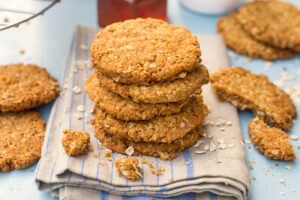
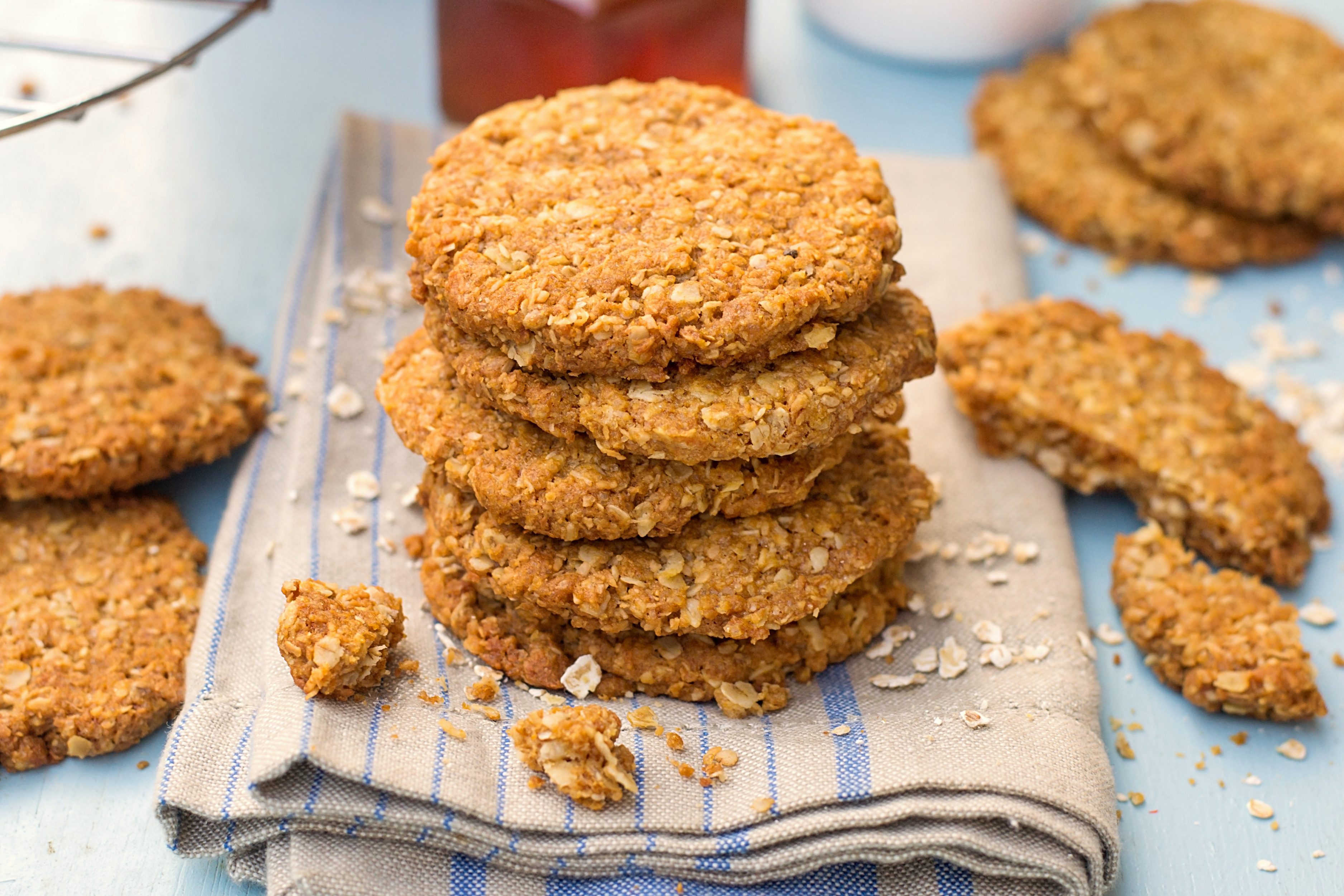
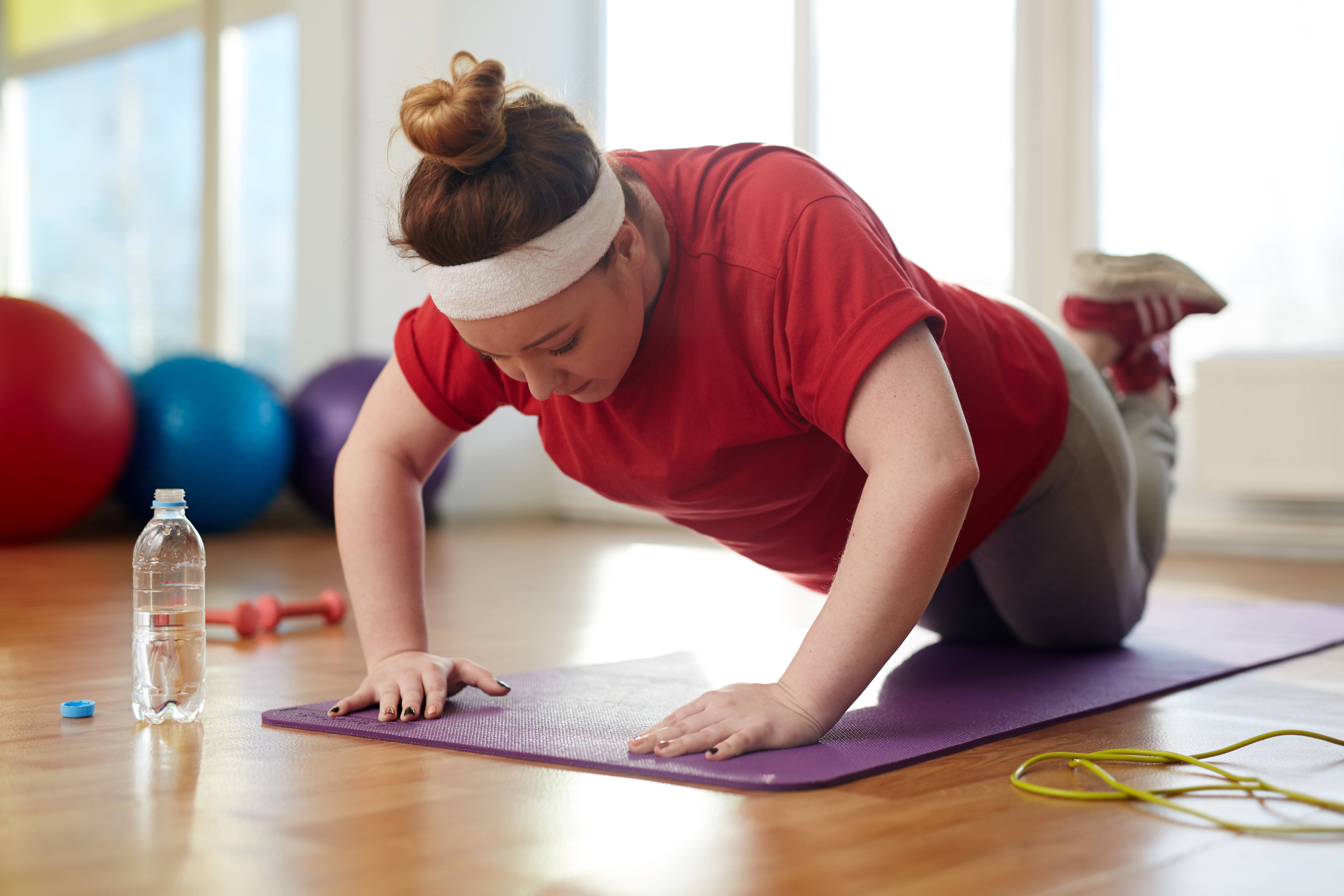
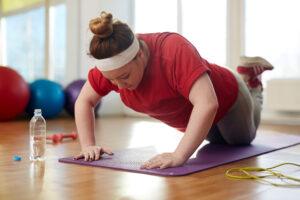
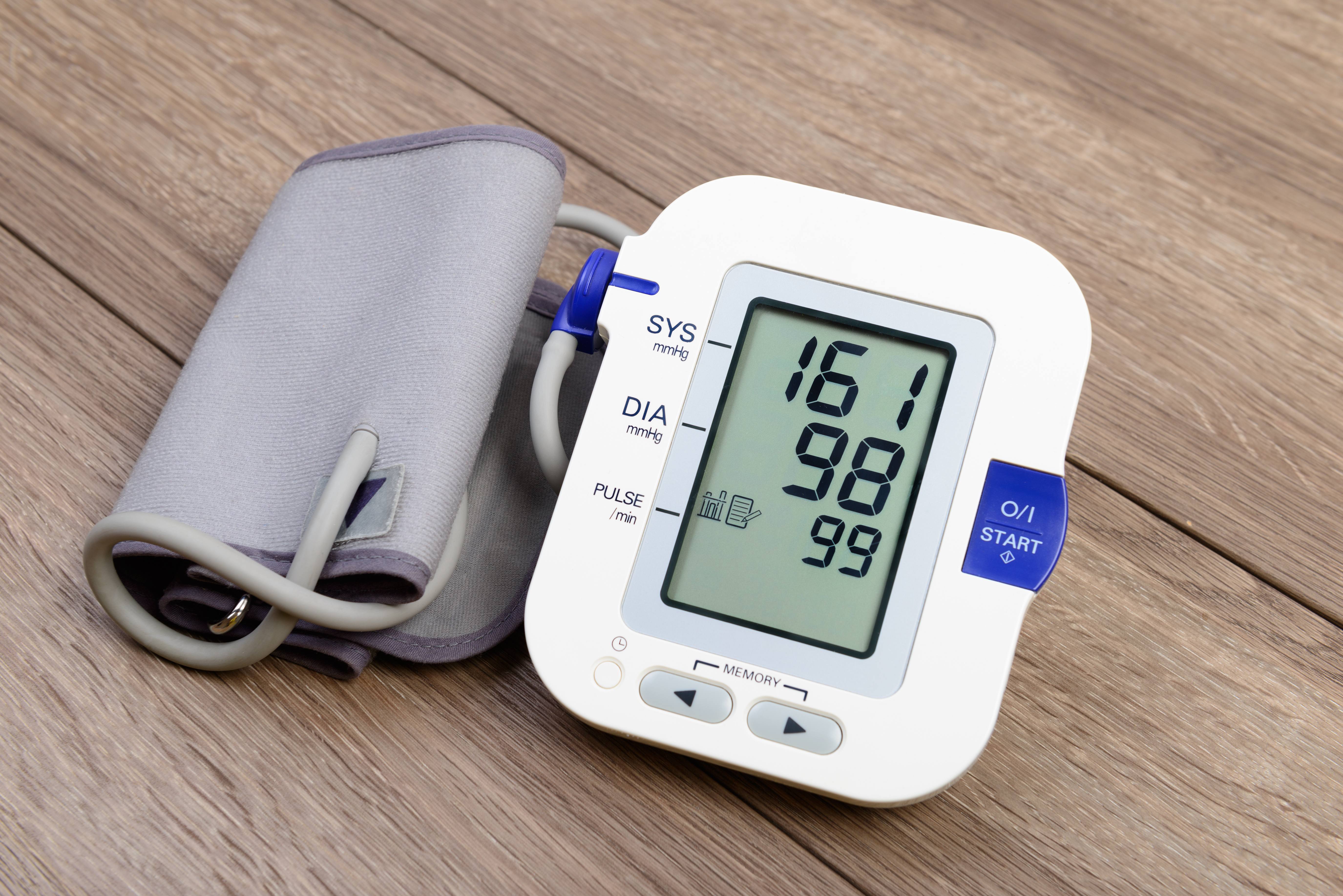



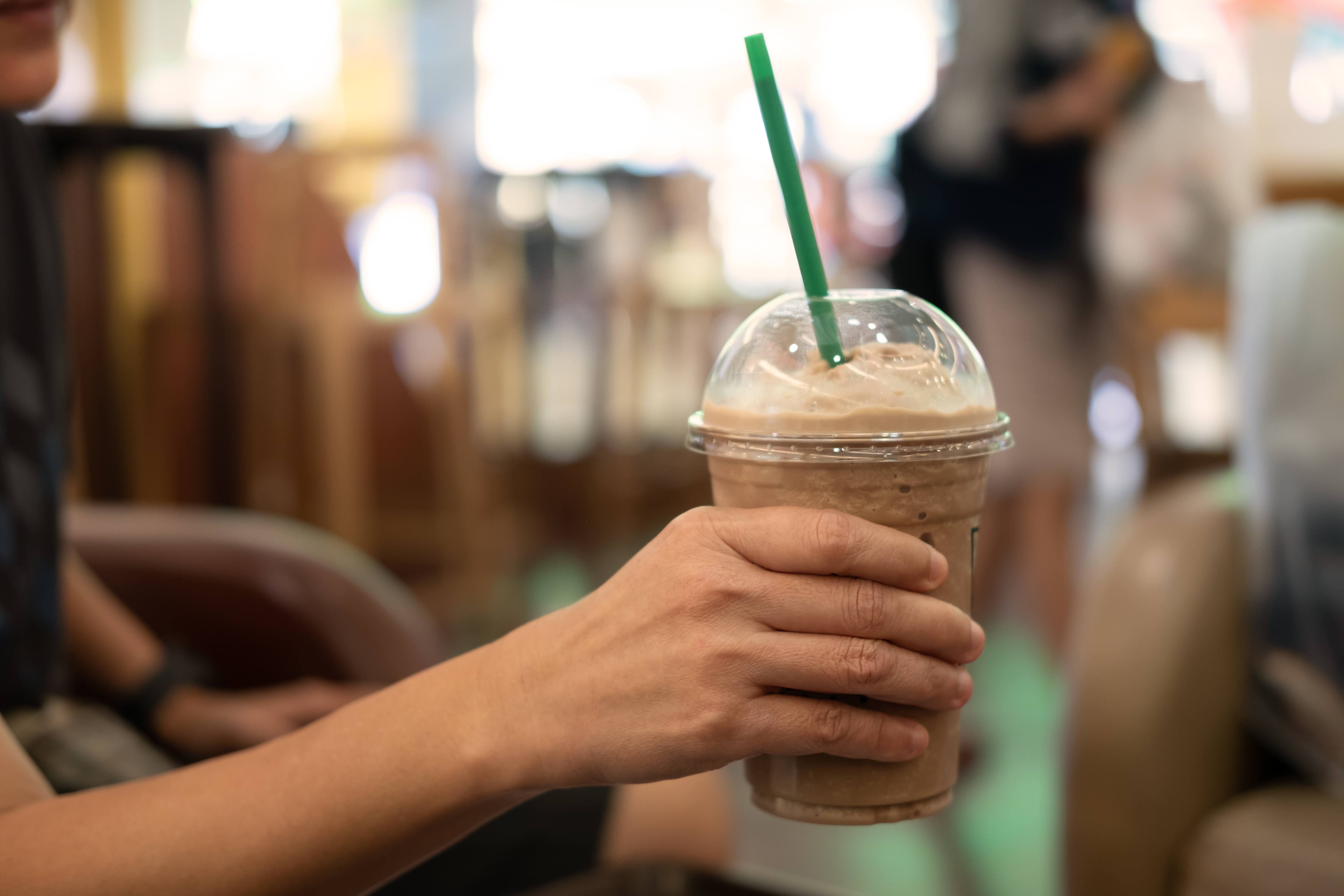

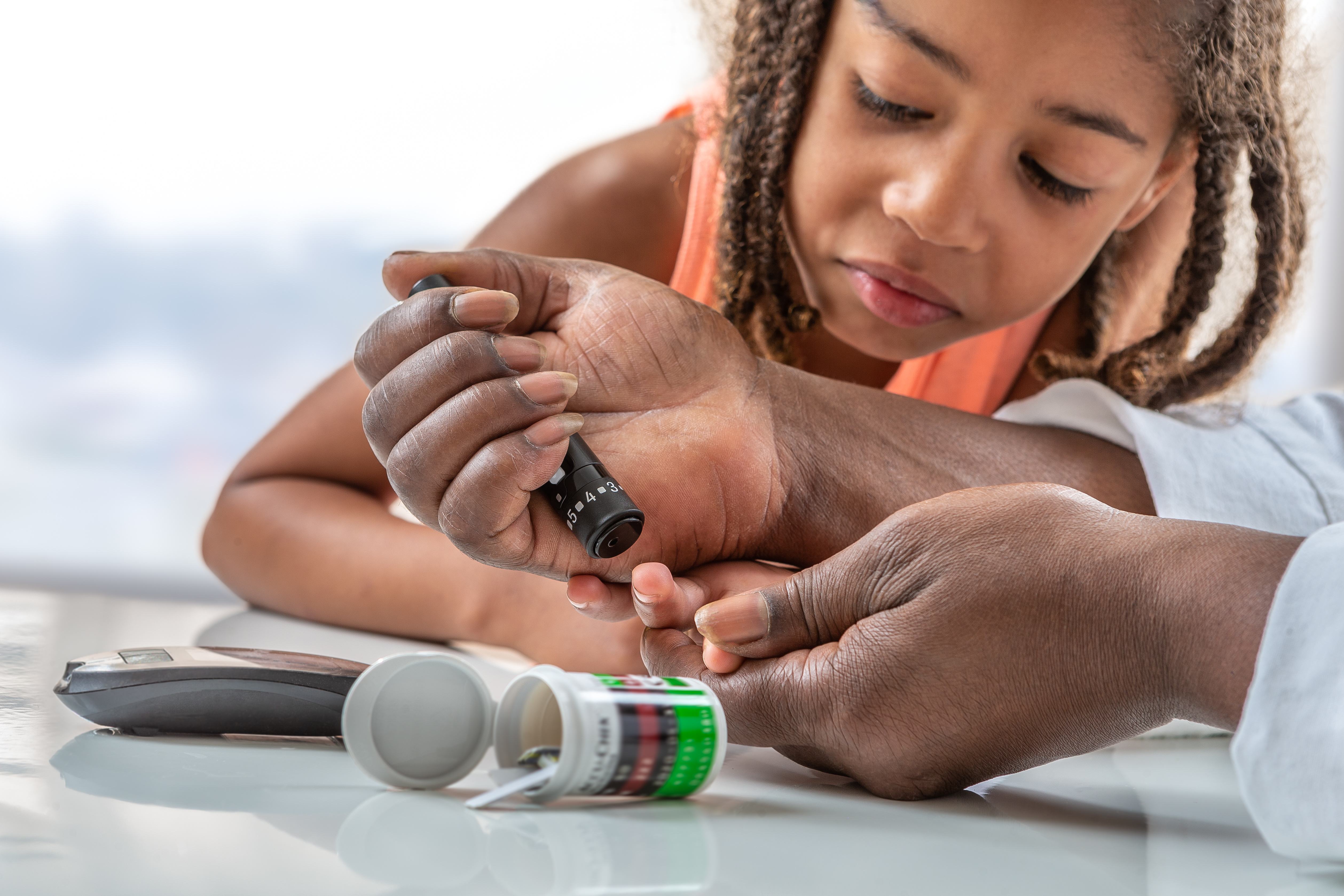

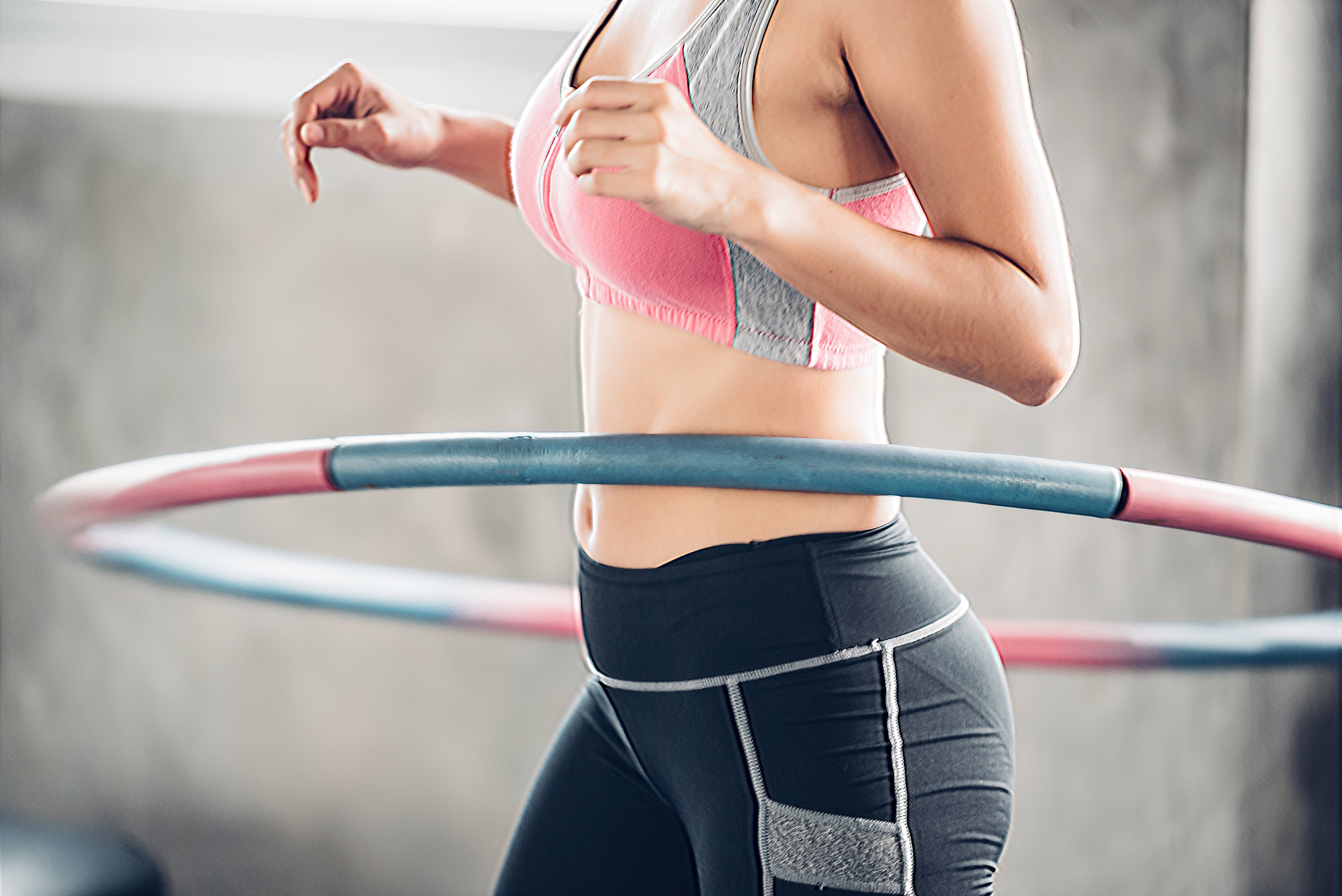
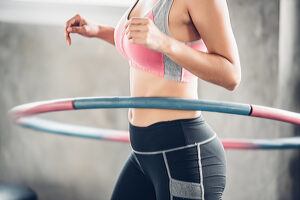
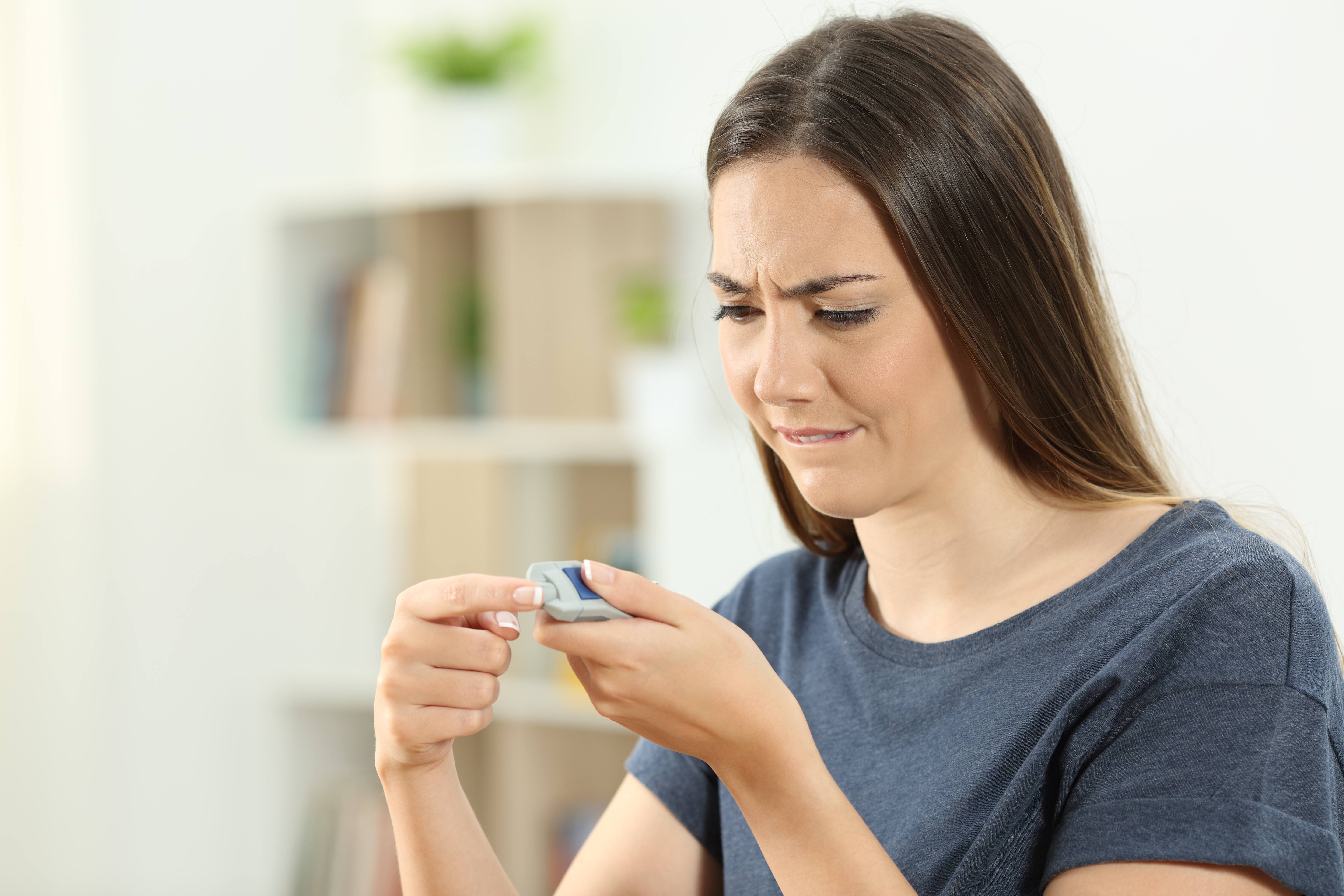




 Here is Why You Should Drink More Water
Here is Why You Should Drink More Water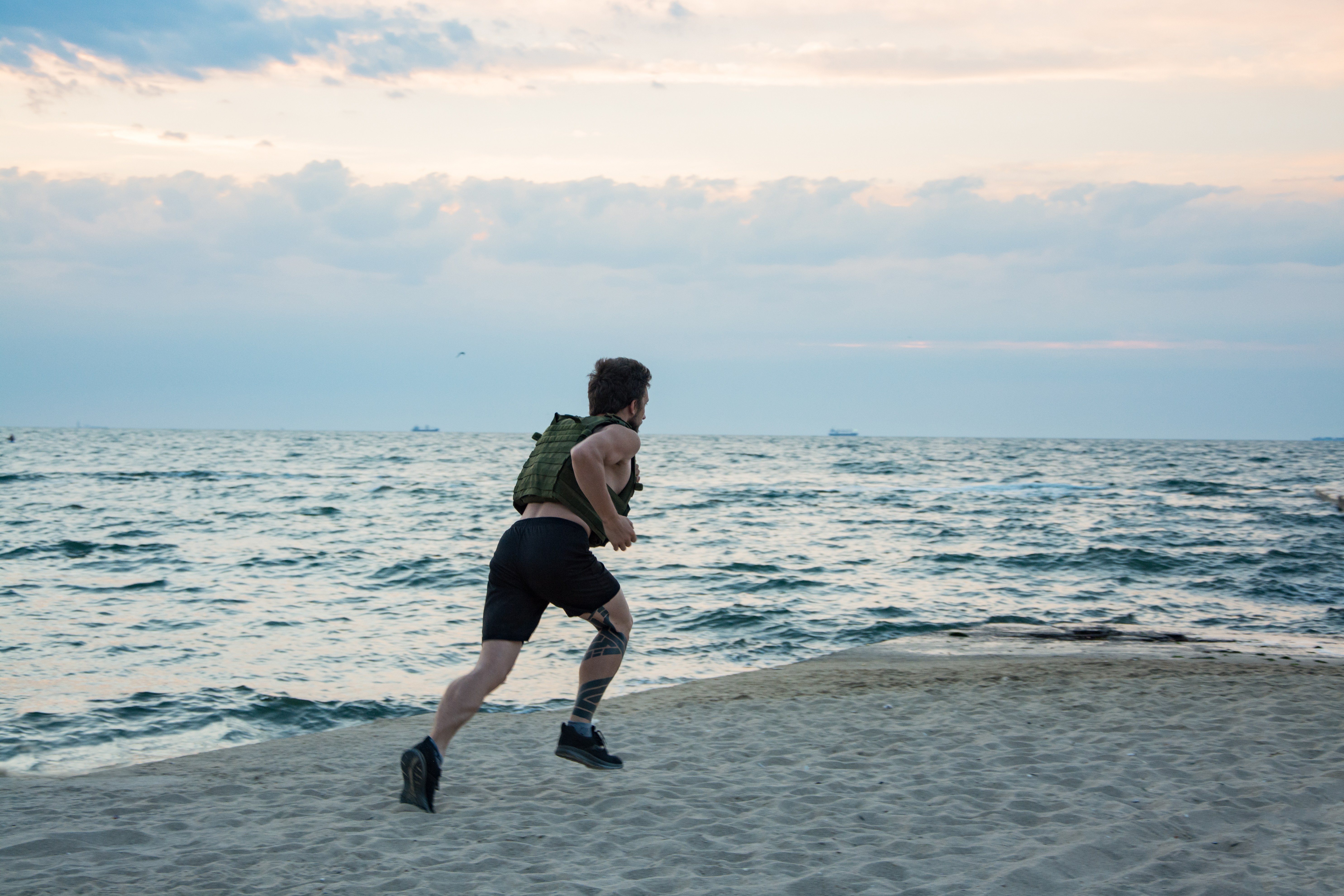









 This premium quality vest is comfortable, stylish, and light (just 12 lb). Still, it is heavy enough to provide a challenge for your body. Its ergonomic design distributes weight equally throughout the body so that each muscle gets its fair share of pressure. The adjustable straps located at the waist help prevent sliding and slipping during the heavy workout session. Filled with premium iron rocks and pellets instead of river sand weights, the vest provides enough weight to challenge your muscles.
This premium quality vest is comfortable, stylish, and light (just 12 lb). Still, it is heavy enough to provide a challenge for your body. Its ergonomic design distributes weight equally throughout the body so that each muscle gets its fair share of pressure. The adjustable straps located at the waist help prevent sliding and slipping during the heavy workout session. Filled with premium iron rocks and pellets instead of river sand weights, the vest provides enough weight to challenge your muscles.